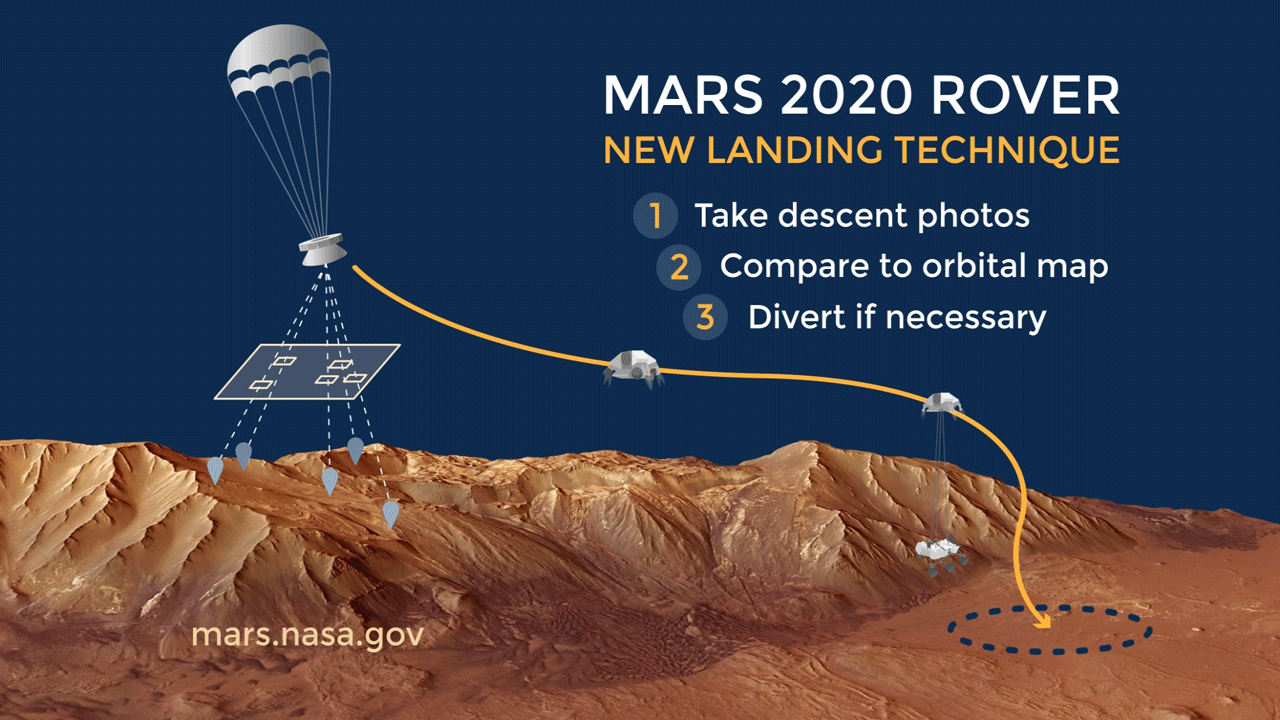INSUBCONTINENT EXCLUSIVE:
NASA has announced a set of public-private partnerships with several United States space companies, totaling an impressive $44 million
Blue Origin, AstroboticTechnology, United Launch Alliance and more are the recipients of up to $10 million each for a variety of projects
aimed at exploring and utilizing space safely and efficiently.
The 10 awards are for ''tipping point& technologies, as NASA calls them, that
are highly promising but need funding for a ground or flight demonstration — in other words, to get it out of the lab.
ULA is the big
winner here, taking home $13.9 million split between three projects — $10 million will go to looking into a cryogenic vehicle fluid
management system that could simplify and improve lunar landers
The rest of the money is split between another cryogenic fluid project for missions with long durations, and a project to &demonstrate
mid-air retrieval capabilities up to 8,000 pounds… on a vehicle returning to Earth from orbital velocity.& Really, that last one is the
cheapest
Blue Origin has $13 million coming its way, primarily for… yet another cryogenic fluid management system for lunar landers
You can see where NASA priorities are — putting boots on the regolith
The remainder goes to testing a suite of advanced sensors that could make lunar landings easier
The company will be testing both these systems on its New Shepard vehicle from as high as 100km.
The other big $10 million prize goes to
Astrobotic Technology, which will, like Blue Origin, be working on a sensor suite for Terrain Relative Navigation
It basically adding intelligence to a craft landing apparatus so it can autonomously change its touchdown location, implement safety
measures and so on, based on the actual local observed conditions.
The Mars 2020 Rover will be using its own TRN system, and the ones funded
here will be different and presumably more advanced, but this gif from NASA does a good job illustrating the tech:
Several other endeavors
were selected by NASA for funding, and you can find them — and more technical details for the ones mentioned above — at the partnership
(And naturally, my old colleague Alan Boyle has plenty of extra info in his writeup at GeekWire.)

